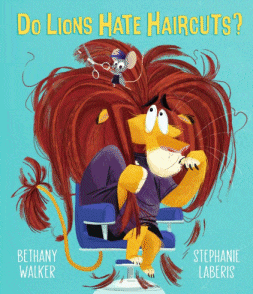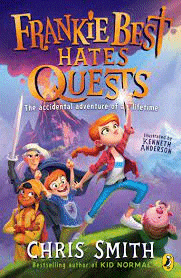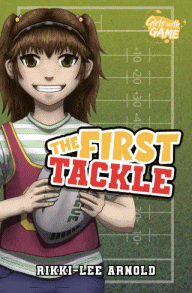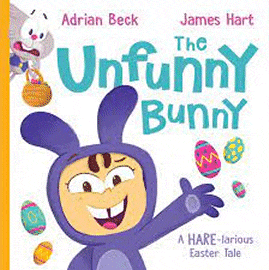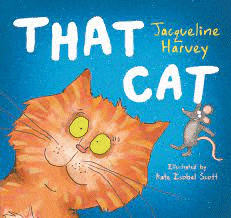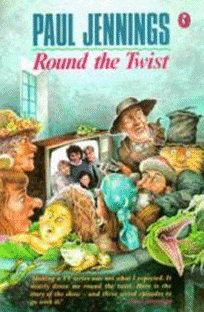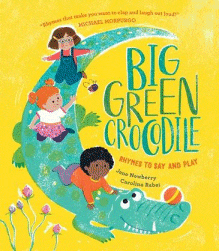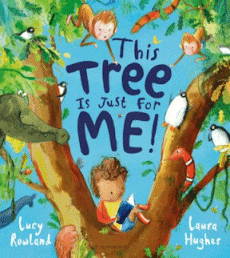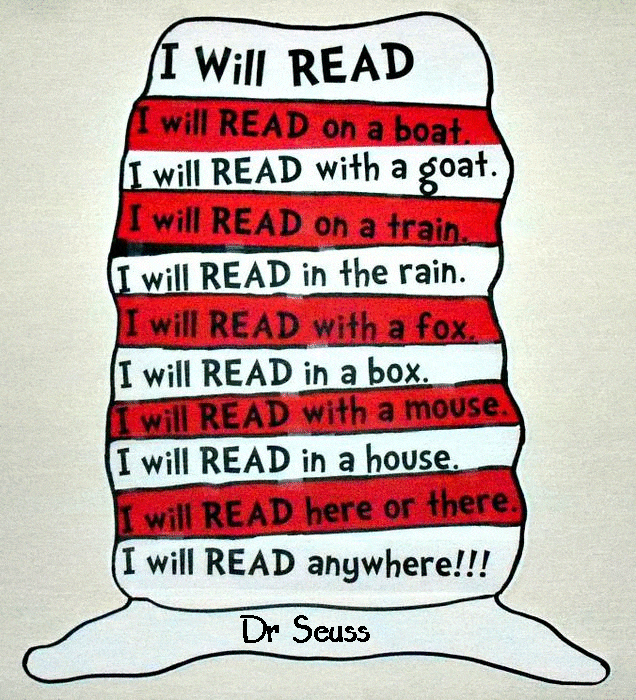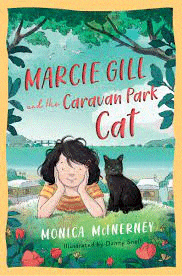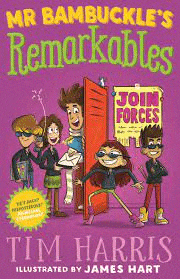
Mr Bambuckle’s Remarkables Join Forces
Mr Bambuckle’s Remarkables Join Forces
Tim Harris
James Hart
Puffin, 2022
240pp., pbk., RRP $A14.99
9781761044557
Even though the students is 12B of Blue Valley School have been labelled the misfits and miserables of the school, they are beginning to blossom and bloom under the influence of their teacher Mr Bambuckle, who, unlike Principal Sternblast, sees and teaches them as the unique individuals they are, each with their own stories and challenges. They are now a cohesive group who value and support each other, but that connection may be challenged when they are joined by four new students from Blue Valley Grammar, the rival school which has just closed.
But when Principal Sternblast’s plan to create a school for high achievers so he will get paid more and have new students join while existing students who do not pass the academic entry test will be excluded, the class feels threatened and doomed. Are they to be disbanded and each marginalised yet again? Are they going to be able to set aside their differences with the new students to unite to come up with a plan to save their school? How will they be able to put what they have learned about themselves and each other through Mr Bambuckle’s teaching into action that means they can stay together? But while the solutions are hilarious, amidst the shenanigans and LOL moments, there are some serious messages about working together, trusting others even if they may seem to be very different, and finding the joy in deep friendships that come through the storyline that every reader can appreciate. It might even set up philosophical discussions about the concepts of division based on academic ability, a practice still rife in the education system, and whether success is only measured in grades, scores and potential salaries.
Readers who took a shine to Mr Bambuckle in the first of this new series, and those who have not yet met him, will be glad to see him making a comeback in the fifth in this series ideal for independent readers with its humour, identifiable characters, short chapters, copious illustrations and other inserts that break up the text. Each student in the class each has a thumbnail introductory sketch at the beginning of the book enabling the reader to see that these kids are just like them, thus immediately building connections and suggesting that this is a school story that reflects their experiences.
As well as being an ideal read-aloud, it is also perfect for moving some of the more reluctant readers along their reading pathway, While each book is a stand-alone read, with five in the collection there is scope to satisfy those who become hooked as well as introducing other equally engaging Tim Harris reads like the Toffle Towers or Exploding Endings series or James Hart’s Super Geeks series, each building confidence and opening up even more doors.
